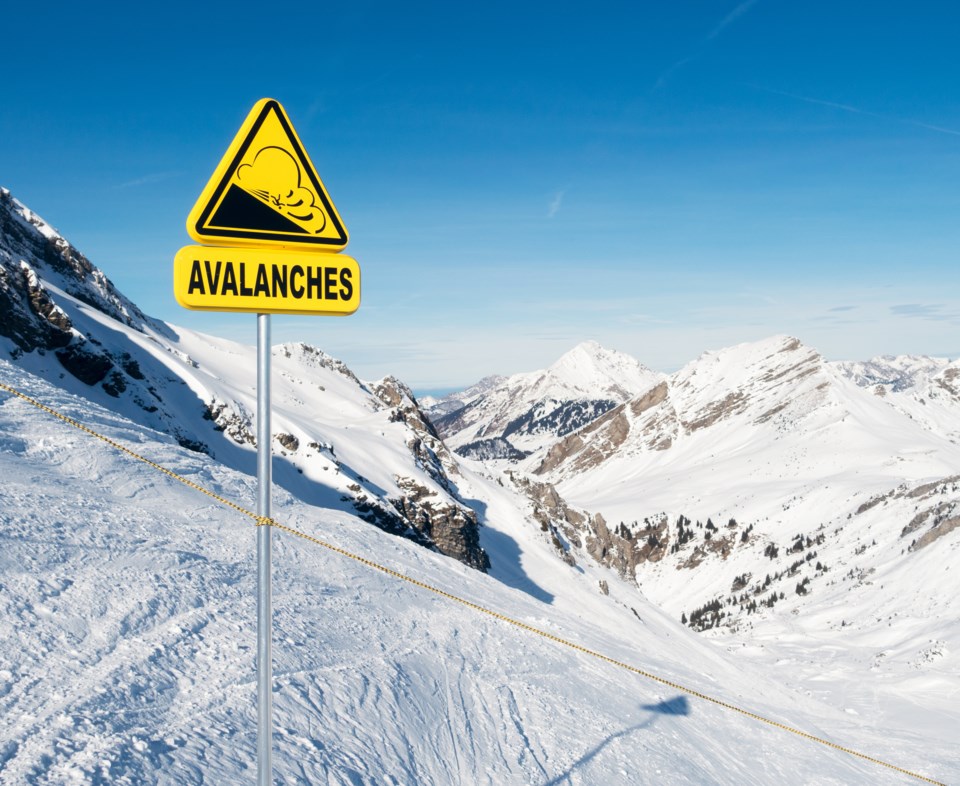sa国际传媒’s vast size and sparse population has always been a hindrance to when it comes to forecasting avalanches in the country’s many mountain ranges.
But thanks to a new development in the way the organization approaches its forecasts, sa国际传媒 is getting smaller.
Not literally of course, but in the way of making information from unpopulated and remote locations more accessible.
“There are lots of areas and situations where we don’t have this really high-quality data to make a forecast, and it’s a lot more difficult to look at what the conditions are going to be like on the mountains in this case,” explained public avalanche forecaster Simon Horton.
The issue has always been that the information used in forecasting has been collected in person by an avalanche forecaster who goes to a site and documents the temperature, wind, precipitation and how the layers of snowpack are bonded to one another before running the information through a model to assess the likelihood of an avalanche happening.
That’s extremely difficult to do in a country that is 9.985 million square kilometres in size and has 2.26 million km2 of mountain ranges.
Mix in a pandemic, which reduced resources and manpower, and it became clear something needed to change.
But with the newly developed synthetic snowpack modelling, sa国际传媒 is no longer trailing behind other mountain-heavy countries, and instead has become a world leader in avalanche forecasting.
Snowpack modelling itself has been around for decades and consists of feeding information, observed from a weather station, into the model to paint a picture of the potential avalanche landscape.
Due to the small number of weather stations in sa国际传媒 (16) compared to other countries (117 in Switzerland), Avalanche sa国际传媒 has started using information from weather forecasts in its model to help paint that same picture of the potential avalanche landscape without being on hand to observe the information in person.
“So at Avalanche sa国际传媒 we’ve been exploring possibilities to make some predictions about what might be happening in remote areas by looking at weather patterns and using some numeric models,” said Horton.
“What we’ve been experimenting with is that instead of using this [information] in research, if we take weather forecasts and put them into this type of model, we can really produce a prediction of what the snow looks like in any location at any time.”
According to Avalanche sa国际传媒’s warning service manager Karl Klassen, the modelling system is like having another member of the forecast team. “It’s more like having another person in the room with another opinion rather than it’s right or wrong,” he said.
“We don’t really have a quantitative way of validating the model, because it’s just too complex a problem right now. So if the model and the forecaster both think the same thing, then you probably have a higher level of confidence that the situation is what the model thinks it is.”
The benefit is that the prediction being generated by the model can be done at thousands of locations, simultaneously giving the forecasters more information to work with while at the same time helping to identify potential problem areas that can then be followed up on in-person by the forecasters themselves.
And as weather forecasting continues to evolve and become more accurate, so too will the resulting avalanche forecasts. Eventually, as the technology advances, there may no longer even be a need for avalanche forecasters to go to the sites in person.
“In the next five or 10 years, I don’t know, I think it’s probable or likely that the snowpack modelling that we are seeing now will actually become the primary source of data instead of the secondary or even third source of data,” said Klassen.
“And it’s not impossible that in 10 years or so, the avalanche forecast, like the weather forecast is now, will be produced by computers rather than by human beings, and the forecasters will be able to spend more time concentrating on the risk-communication side of it with the public, rather than producing the actual technical avalanche forecast.”
